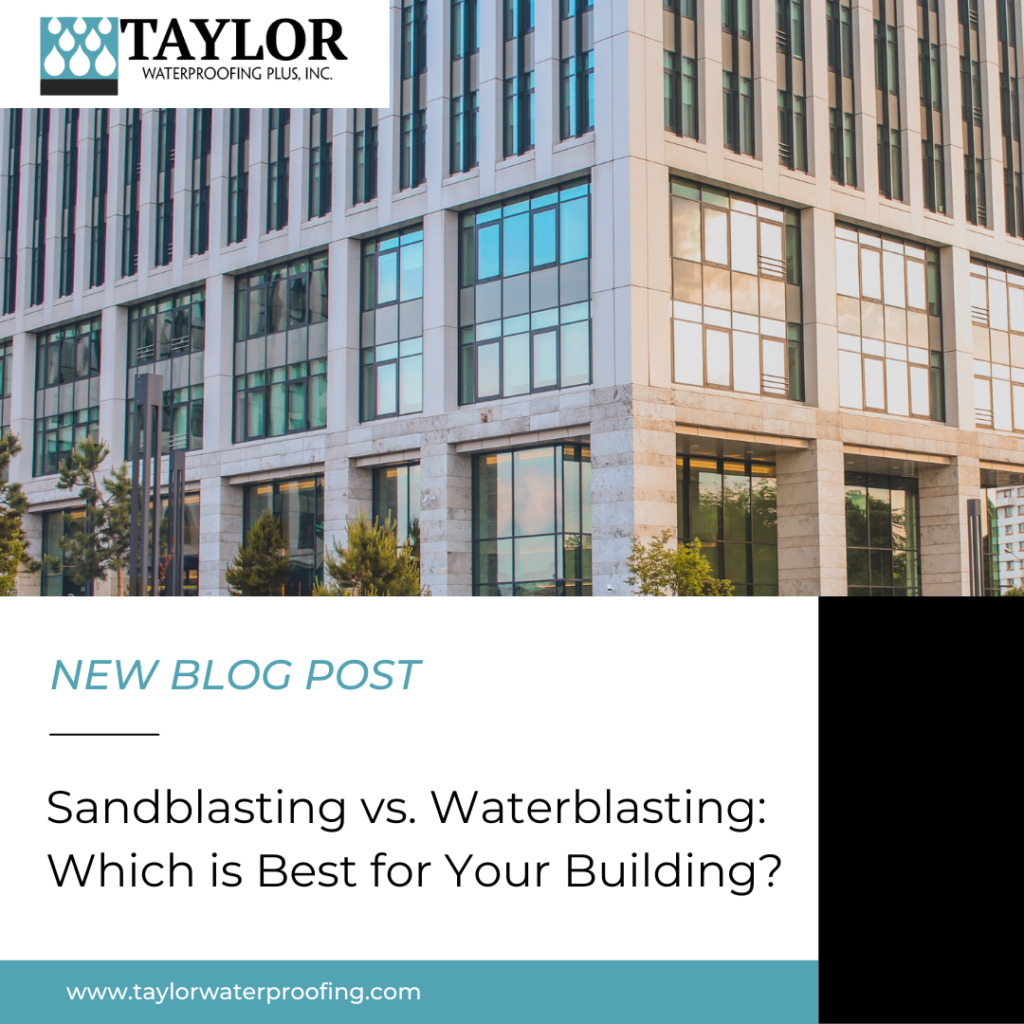Sandblasting and waterblasting are two popular methods for surface preparation and cleaning. Sandblasting uses abrasive materials, such as sand, to remove surface contaminants and smooth out surfaces. Waterblasting, on the other hand, uses high-pressure water to blast away contaminants and dirt.
Both methods can be used for surface preparation. Making sure that your surface is clean will go a long way when applying paint or other treatments. Sandblasting and waterblasting can both remove paint, grime buildup, oil, rust, and other contaminants that may be on your building. Both are great ways to preserve your building.
They both involve high-pressure equipment that uses a nozzle to direct either sand or water at a surface, effectively removing unwanted substances. Despite using different abrasive materials, both methods can be effective in preparing surfaces for painting or other treatments. Additionally, both sandblasting and waterblasting should only be performed by trained professionals to ensure safety and proper application.
Waterblasting Benefits
Less Dust – In some areas, sandblasting is restricted because of the dust plumes and high populations. This technique cuts downs on the harmful dust that can happen when sandblasting.
More Versatile – Waterblasting has more versatile applications, while sandblasting is often used for specific applications.
Great Prep for Coating – Waterblasting leaves a lightly etched surface that is great prep if you’re planning to apply a coating to the area.
Sandblasting Benefits
More Effective – Sandblasting can be more effective than waterblasting for removing thick coatings or heavily rusted surfaces.
Faster – The water in waterblasting acts as a lubricant. Because sandblasting doesn’t have this, the work can get done faster, specifically if it is removing heavy coatings or sealants.
Great for Industrial – Sandblasting is often used in large-scale industrial projects, such as cleaning concrete or buildings.
Sandblasting Restrictions
Sandblasting can be more dangerous than waterblasting because dust clouds can form and be harmful if inhaled. Because of this, in highly populated areas, it can be a better option to waterblast. Some cities and states also require permits for sandblasting.
In conclusion, both waterblasting and sandblasting have their advantages and disadvantages when it comes to surface preparation and cleaning. While waterblasting may be a more environmentally friendly option, sandblasting may be more effective for tougher surfaces. Ultimately, the choice between the two methods will depend on the specific needs of the project and the desired outcome. It’s important to carefully consider the factors involved and make an informed decision to achieve the best results. Contact us to talk to one of our experts to see which option would be best for your project.


